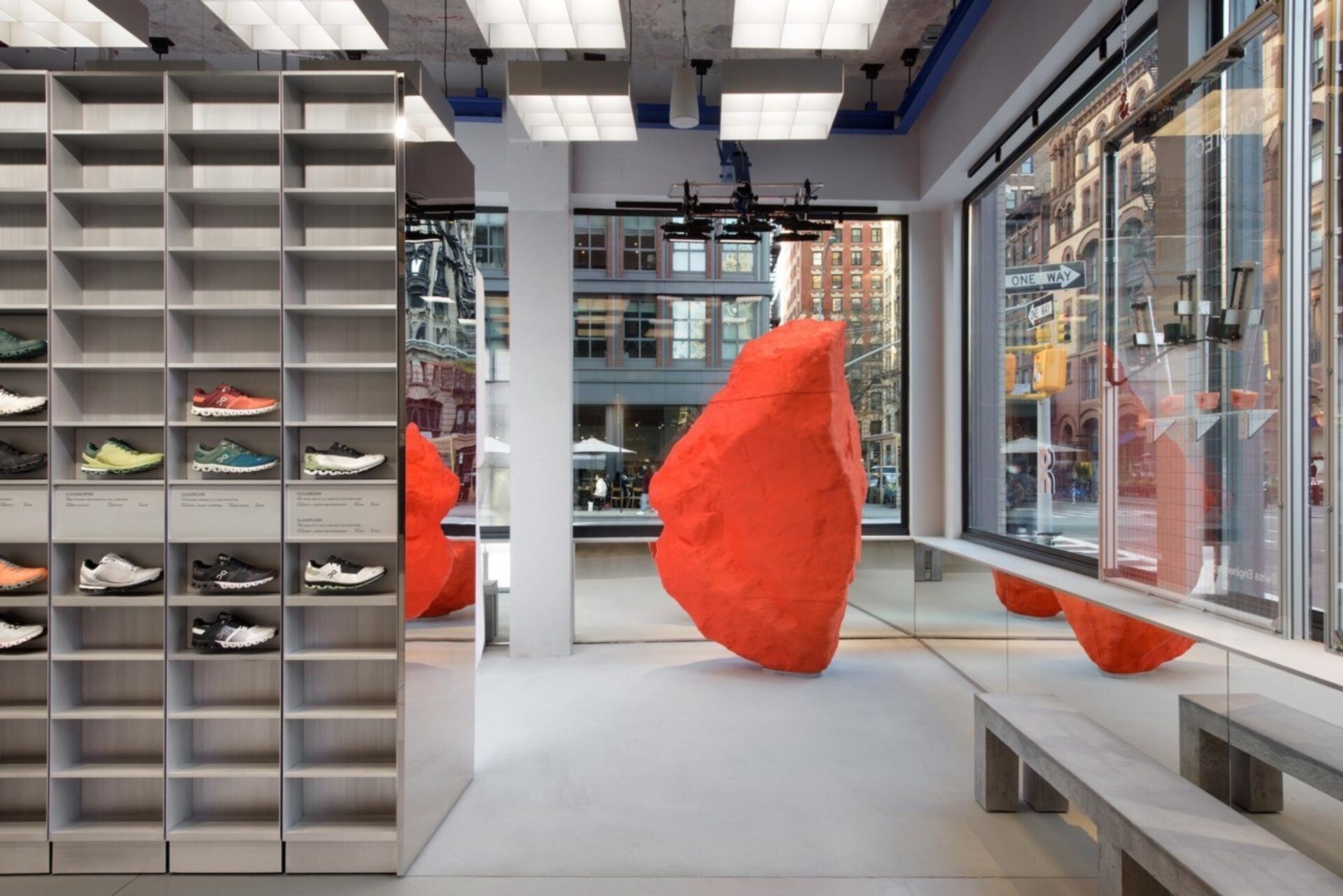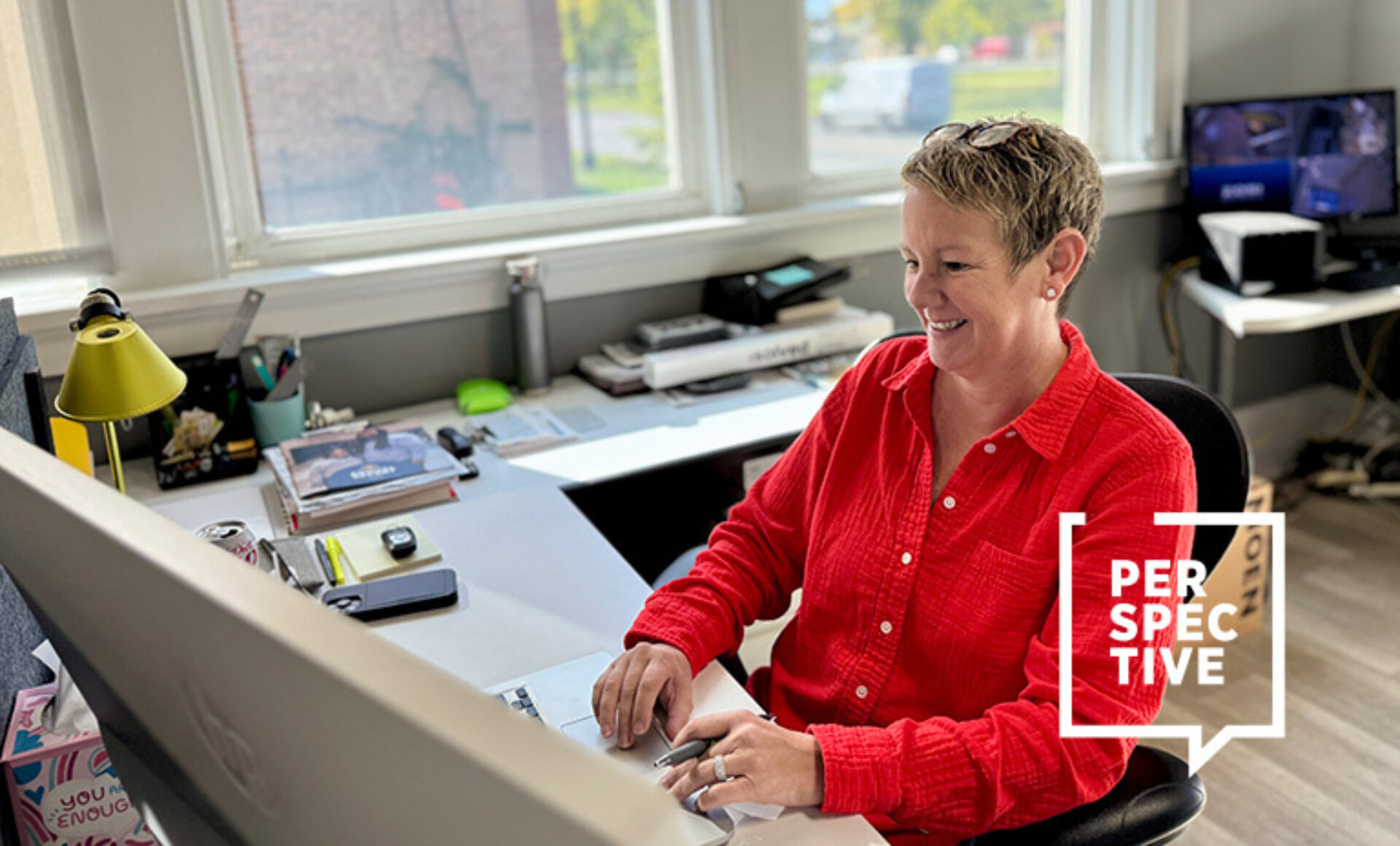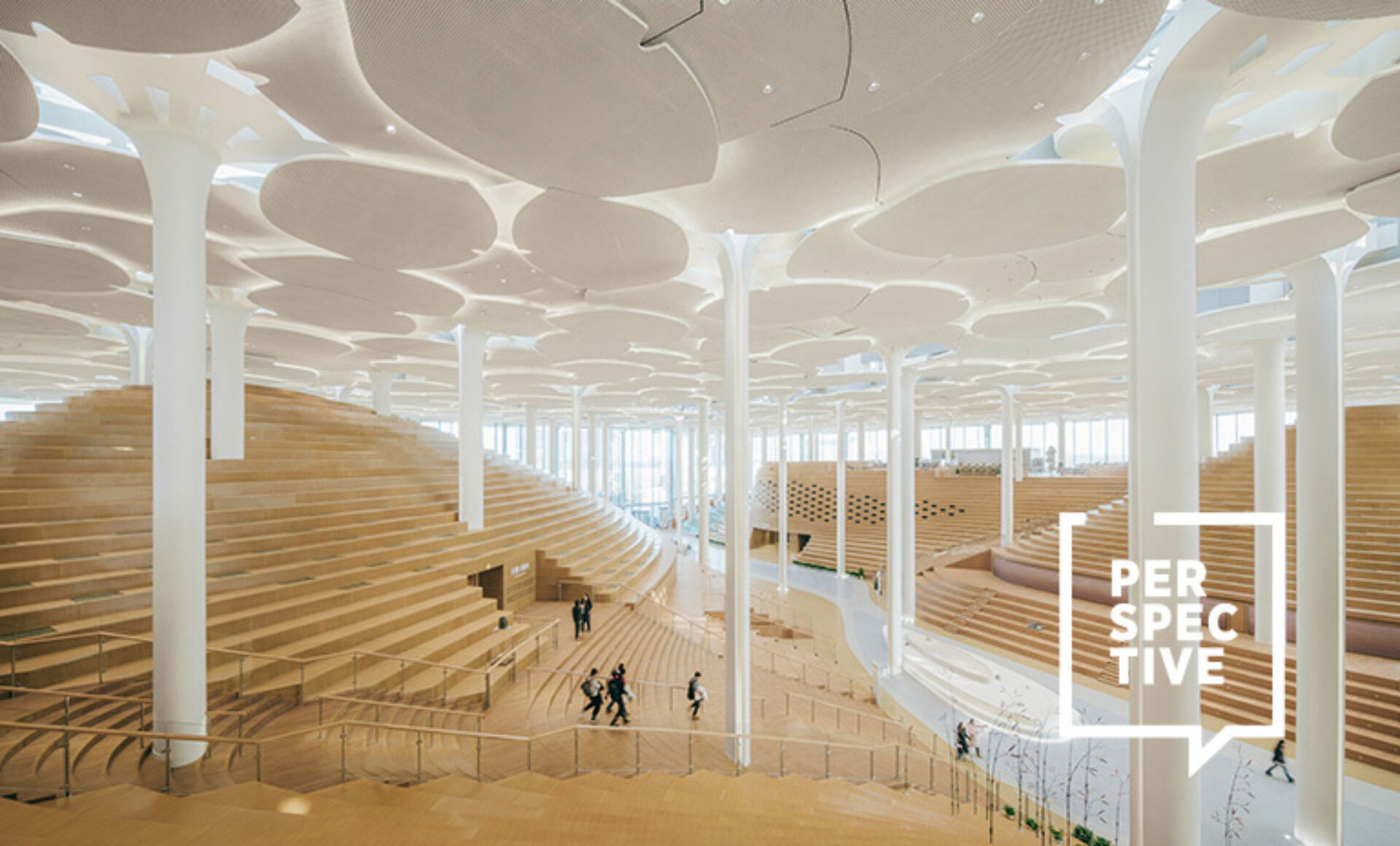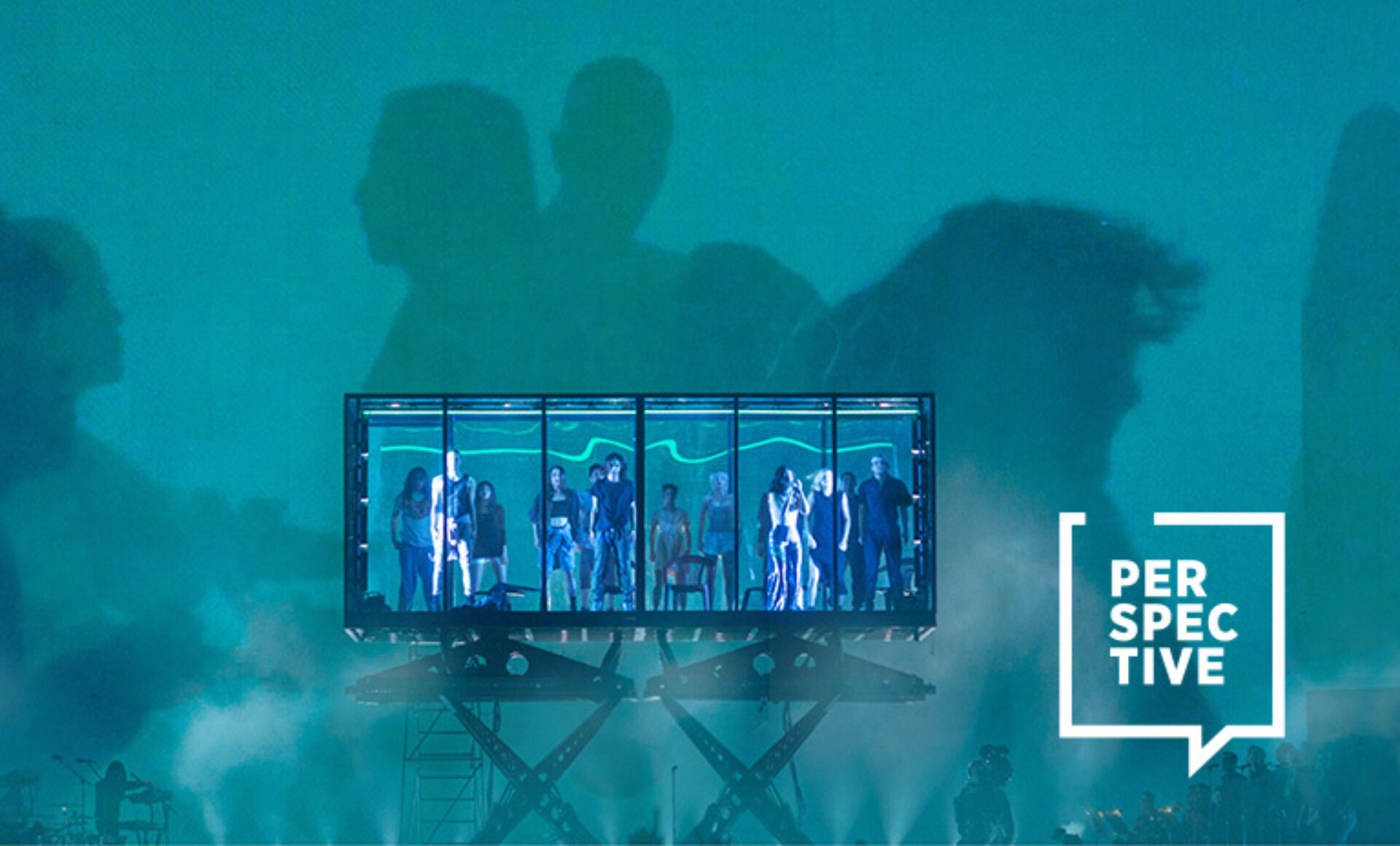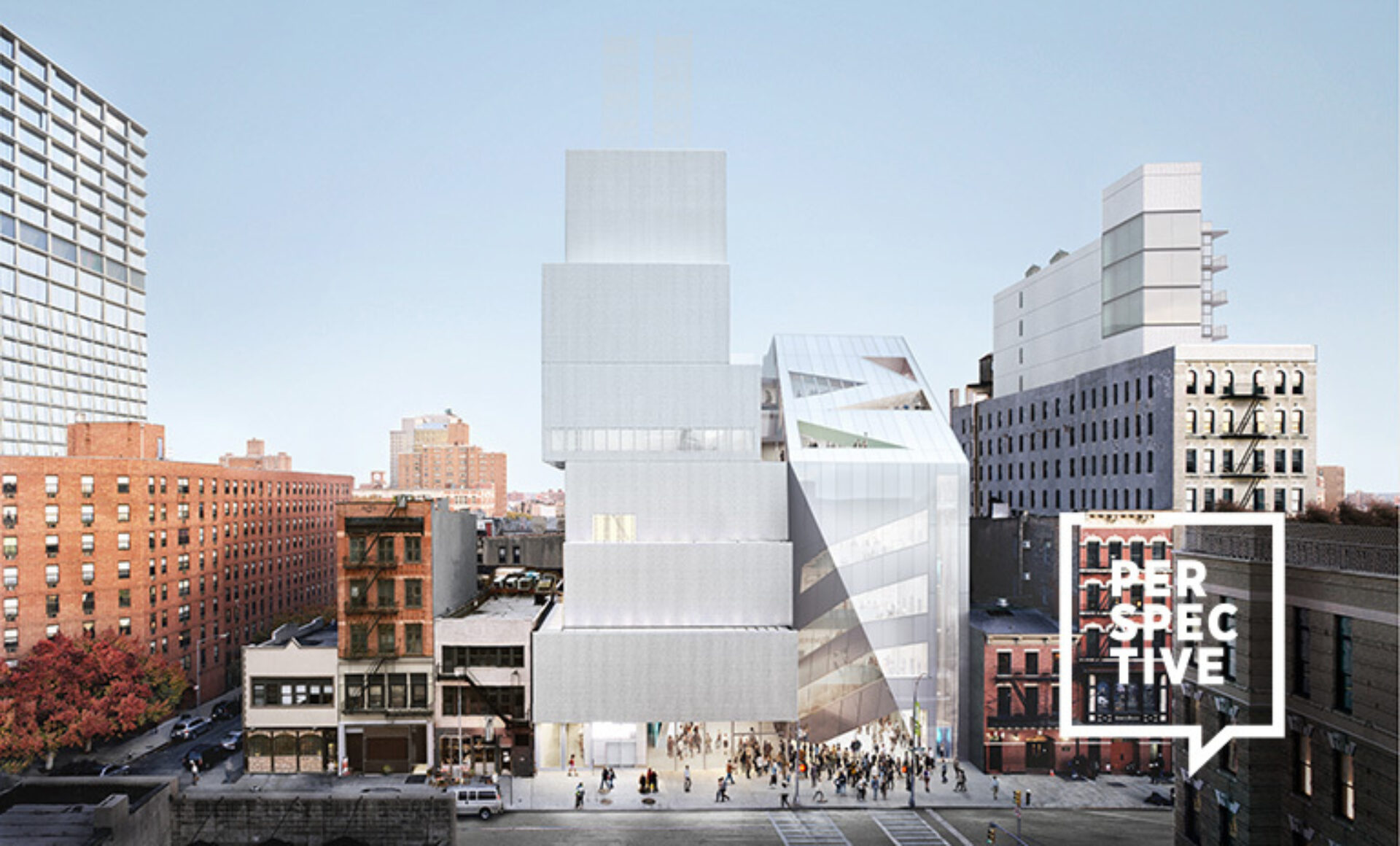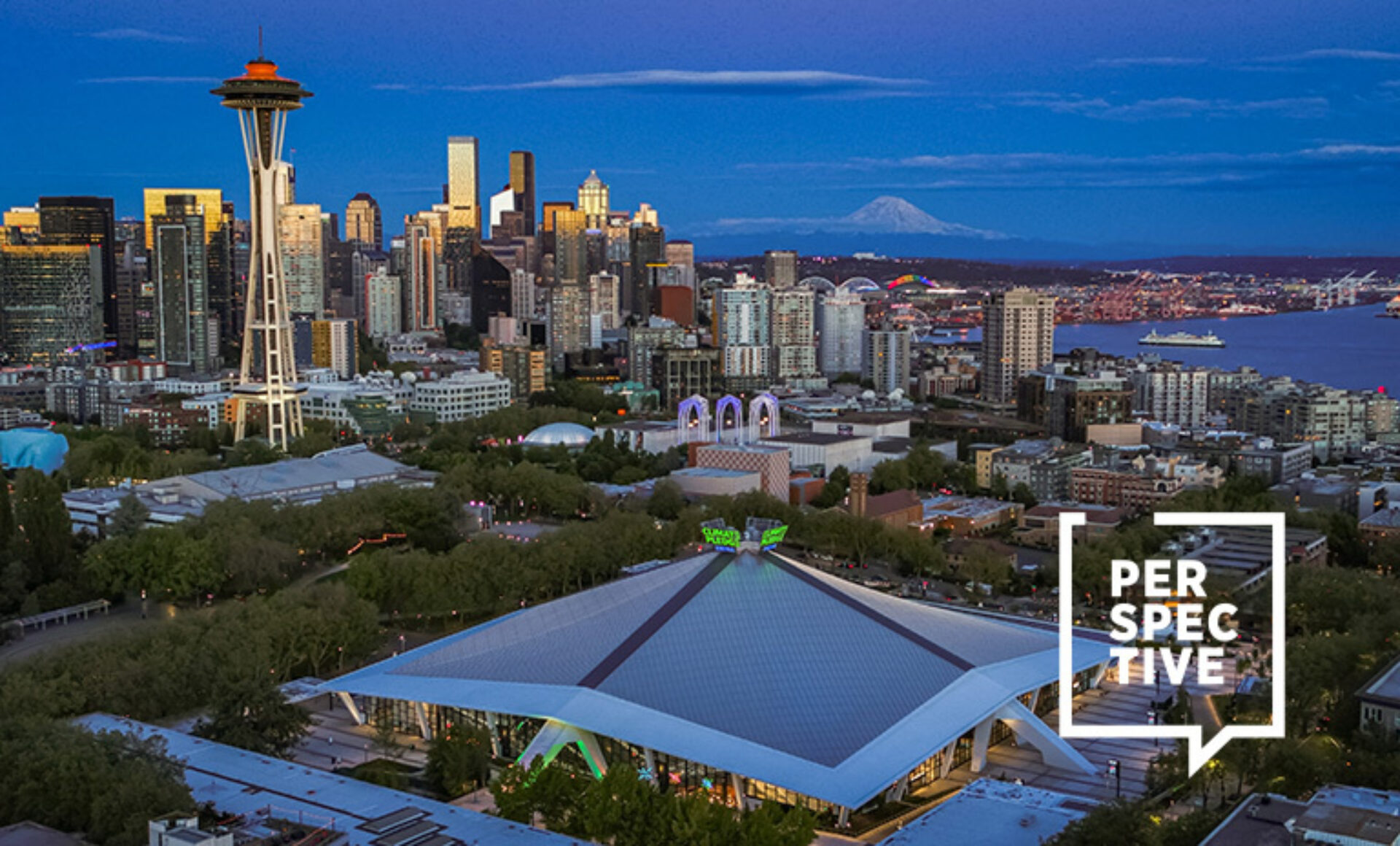Retail stores weren’t exactly in great shape before the COVID-19 pandemic hit, and it’s only gotten worse—an estimated 8,500 retail stores in U.S. alone were expected to have been shuttered by the end of 2020, according to Coresight Research. But don’t write that obit for brick-and-mortar retail quite yet. It’s simply “retail’s time to pivot”—reimagining customer service and offering a truly personalized and memorable experience, says retail design agency Sheridan & Co.
“The only death of retail will be the stores that leave the value of humanity behind,” the agency says in its The New Role of Retail report. “The future will belong to stores that engage all of the senses and celebrate what it means to be alive.”
Case in point: Swiss running brand On opened its first flagship store in New York City in December 2020, working in collaboration with Andreas Bozarth Fornell, founder of Swedish design studio Specific Generic. The result is an undoubtedly tech-drenched space, but one with a decidedly human touch.
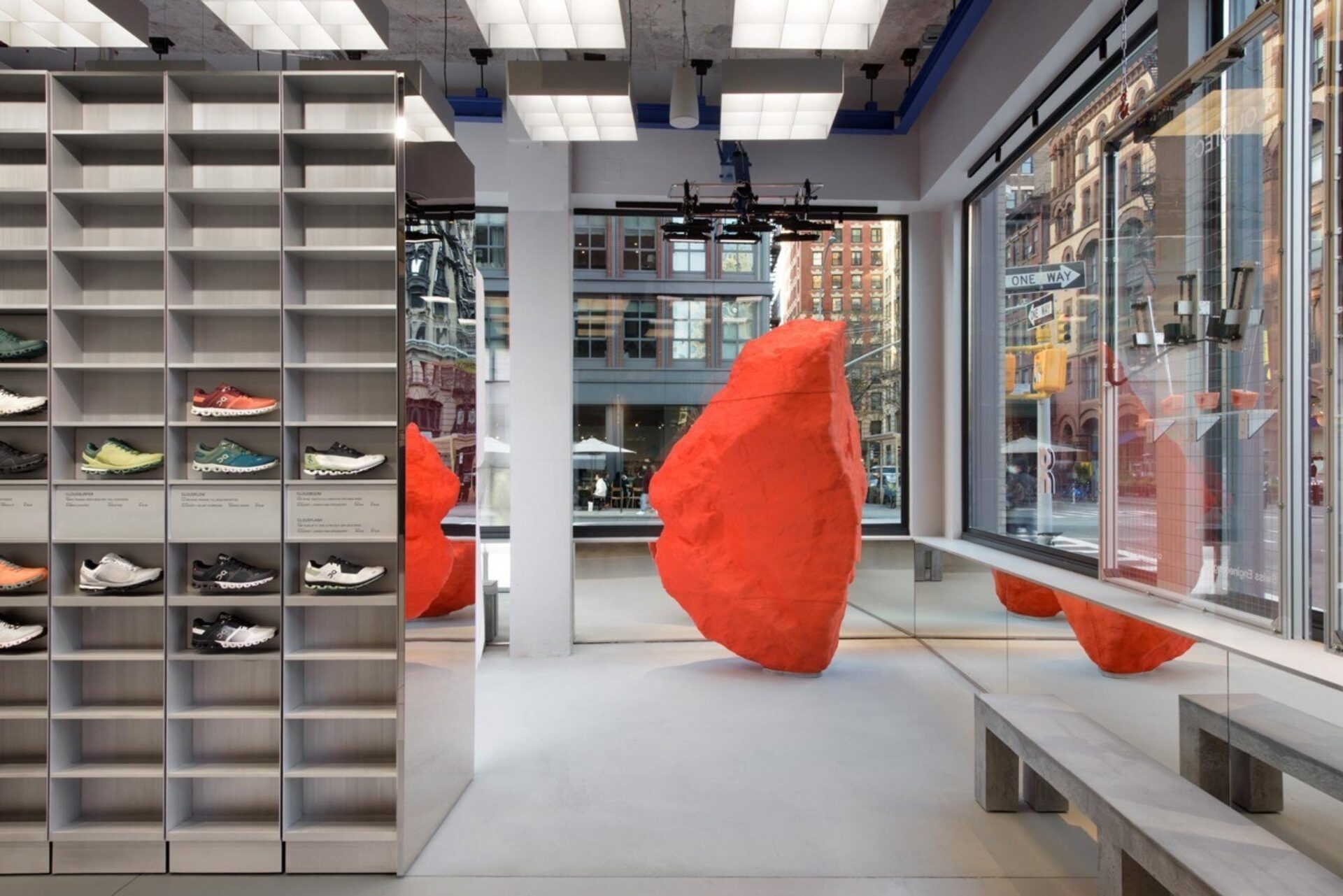
Image courtesy of On
(Above: On's first brick-and-mortar, the NYC Flagship Store melds tech with a human touch, image courtesy of On and and Specific Generic.)
Hidden cameras measure a runner’s gait as they run next to a glowing wall that tracks their movement, while cameras read the volume of the foot to deliver fits-like-a-glove sizing. And instead of a store employee disappearing to get the right shoe, a wall conceals compartments with every model in every size. “We tried to simplify the journey and also make it more interesting,” says David Allemann, co-founder of On AG, Zurich. “You’re not coming to a store for a transaction but for an interaction, so we optimized for human interaction.”
For On and other brave souls willing to try out brick-and-mortar for the first time, it’s that experiential factor that’s so appealing.
“If it’s a truly great experience, then you can come out with a very clear picture [of a brand] and you are converted—something it’s very hard for a purely digital experience to do,” he says. “A physical space still has tremendous power. The storytelling potential, the human interaction you have in a store. That is so powerful.”
Eventually, the idea is for the On NYC store to serve as a seasonal hub for the local running community—"a place where runners and athletes of all backgrounds can safely come together and see the latest products from the brand.”
There’s still a bit of room for fun, too, in the form of a bright red, 3D-printed rock—the kind of feature that you just can’t duplicate digitally.
Storefront Storytelling
When outdoor clothing brand Quartz Co. opened its first store last November in Montreal, shoppers were greeted with a look that directly aligned with the apparel: minimalist, durable, and proudly Quebecois clothing without ornamentation or unnecessary details, says Patrick Blanchette, architect and president of Blanchette Architectes, Montreal.
Blanchette worked with Montreal interior architecture firm Rainville Sangaré to develop display rails and furniture based on deceptively simple stainless-steel poles, with ash bench seating to add warmth, and a lighting scheme that looks like illuminated stitches across the ceiling. A sewing workshop, visible from the street, celebrates local manufacturing. “From the outside, we can clearly see the narrative approach: from the raw material to the finished product,” says Blanchette.
Not all brands are so minimal, however. And their retail spaces must reflect that.

Image courtesy of Quartz Co.

Image courtesy of Bravado
GH+A Design Studio took a full-on maximalist approach to designing the first Rolling Stones retail store in London for Bravado, the merchandising arm of the rock and roll legend’s label, Universal Music Group.
“We created a sculpture as a first impression from the street, a 3D version of the soundwave of the song Paint it Black,” says Paola Marques, designer and partner, GH+A, Montreal. “We recovered traditionally unusable space on the lower level and carved out two unique experiences, a mirror room covered in red Rolling Stones lyrics, and an illuminated glass floor path covered with similar lyrics, allowing for vistas to the lower level. These elements are exciting ‘selfie’ moments to be shared and can only happen in the store.”
Dubbed RS No. 9 Carnaby, the space incorporates adaptable design so that it can be used for events or as a gallery space, with a merchandise-display plinth on the lower floor that serve as a bar and a flexible hanging system on the ground floor.
Designing for Tomorrow
Multifunctionality can help retailers build out the one-of-a-kind experiences that pull in shoppers—and keep them coming back.
Pantechnicon opened its doors in London in September, with multiple dining venues and three stores, all dedicated to the kindred cultures of Japan and the Nordic countries. Clean design with exposed brick, concrete, and wood create a serene backdrop for the stores, which sell everything from make-up to bicycles and dog leads.
When the pandemic eases and restrictions are lifted, the idea is to create even more of a distinct experience. “We plan to have a lot more visiting craftspeople and a calendar of events, from tofu making to leatherworkers to micro-tattooists from Tokyo,” says Pantechnicon’s co-founder and owner Barry Hirst, who designed the venue with his in-house team.
Brands forging ahead with opening retail stores during the COVID-19 crisis are undoubtedly focused on a successful launch. But that doesn’t mean interior designers aren’t keeping a keen eye on the how retail might transform in the post-pandemic future. Toronto design firm Mason Studio, for example, has created a series of Resilient Retail concepts that consider how a physical space can be designed to facilitate a new product delivery system and customer experience.
The pandemic has highlighted aspects of some service models that are not adaptable to rapidly changing consumer patterns,” says Mason Studio’s partner Ashley Rumsey. “While the shift to online-sales serves some brands, many services and products benefit from an in-person interaction, physical experience, or demonstration,”
One concept is a grocery store reimagined as a semi-outdoor “contactless corridor” featuring inviting window displays, with staff occupying the interior fulfilling orders.

Image courtesy of Mason Studio
(Above: Mason Studio Resilient Retail grocery store concept, image courtesy of Mason Studio.)
It’s those kind of bold design reinventions that will help ensure brick-and-mortar stores don’t just survive, but actually thrive.
“The trend to create more interesting retail experiences has been forced upon us, and I think that this is a good thing,” says GH+A’s Marques. “This is a time to explore new ideas, be authentic and be nimble.”
Allemann agrees: “Physical retail still has a bright future and I feel that even more so in the pandemic. The first thing we are going to want to do when we get out of this is have a physical experience.”
